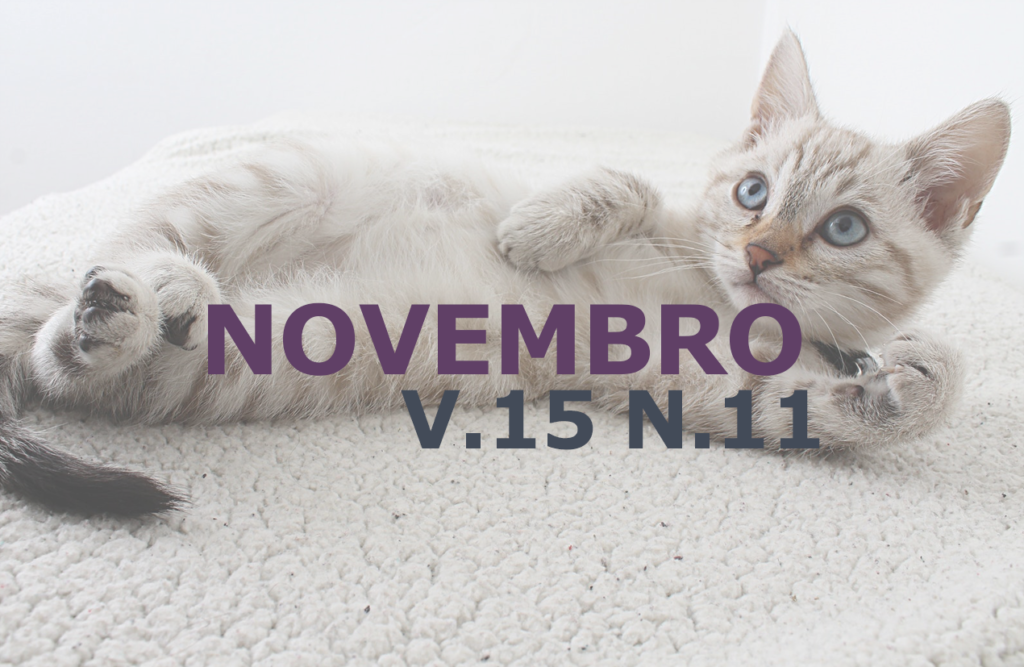Impact of environmental effects on milk production and clinical parameters in the Holstein breed
DOI:
https://doi.org/10.31533/pubvet.v15n11a954.1-8Keywords:
Animal welfare, termal stress, bioclimatologyAbstract
Brazil is a country with a strong influence on dairy production and livestock. It presents a tropical climate with high temperatures in some periods of the year; therefore, it is considered necessary to know possible physiological changes and how much the temperature can affect its productivity. The present work aims to evaluate the effects of heat stress on the physiological parameters and milk yield of lactating Holstein cows. The experiment was conducted at the IF Sudeste MG zootechnic nucleus - Barbacena campus, using 16 lactating Holstein cows in a completely randomized design, divided into two treatments, T1 (thermal stress) and T2 (shading). Heart rate, rectal temperature and milk yield were not affected (P > 0.05) by the treatments. Heart rate averaged between 61 and 64 movements per mi-nute, while rectal temperature was within the range of 38° C, both variables showed no results. The respiratory rate parameter was affected (P < 0.05) ranging between 45 and 53 movements per minute, differentiating between the two times (morning and afternoon). Milk production averaged 8 liters, with no significant values in response to treatments. It was concluded that the heat stress on animals presented variation only for the respiratory rate parameter, and no result was noticed in the other parameters. Thermal stress can cause important changes in the physiological system of animals directly exposed to it, and the adoption of mechanisms that reduce these changes is extremely important.
Downloads
Published
Issue
Section
License
Copyright (c) 2021 Bruna Inácia Resende, Wellyngton Tadeu Vilela Carvalho, Renata Vitarele Gimenes Pereira, Queila Gouveia Tavares, Carlos Henrique Milagres Ribeiro, Duarte Carvalho Minighin, Lucas Vieira Silva, Maria Juliete Lucindo Rodrigues

This work is licensed under a Creative Commons Attribution 4.0 International License.
Você tem o direito de:
Compartilhar — copiar e redistribuir o material em qualquer suporte ou formato
Adaptar — remixar, transformar, e criar a partir do material para qualquer fim, mesmo que comercial.
O licenciante não pode revogar estes direitos desde que você respeite os termos da licença. De acordo com os termos seguintes:
Atribuição
— Você deve dar o crédito apropriado, prover um link para a licença e indicar se mudanças foram feitas. Você deve fazê-lo em qualquer circunstância razoável, mas de nenhuma maneira que sugira que o licenciante apoia você ou o seu uso. Sem restrições adicionais
— Você não pode aplicar termos jurídicos ou medidas de caráter tecnológico que restrinjam legalmente outros de fazerem algo que a licença permita.





